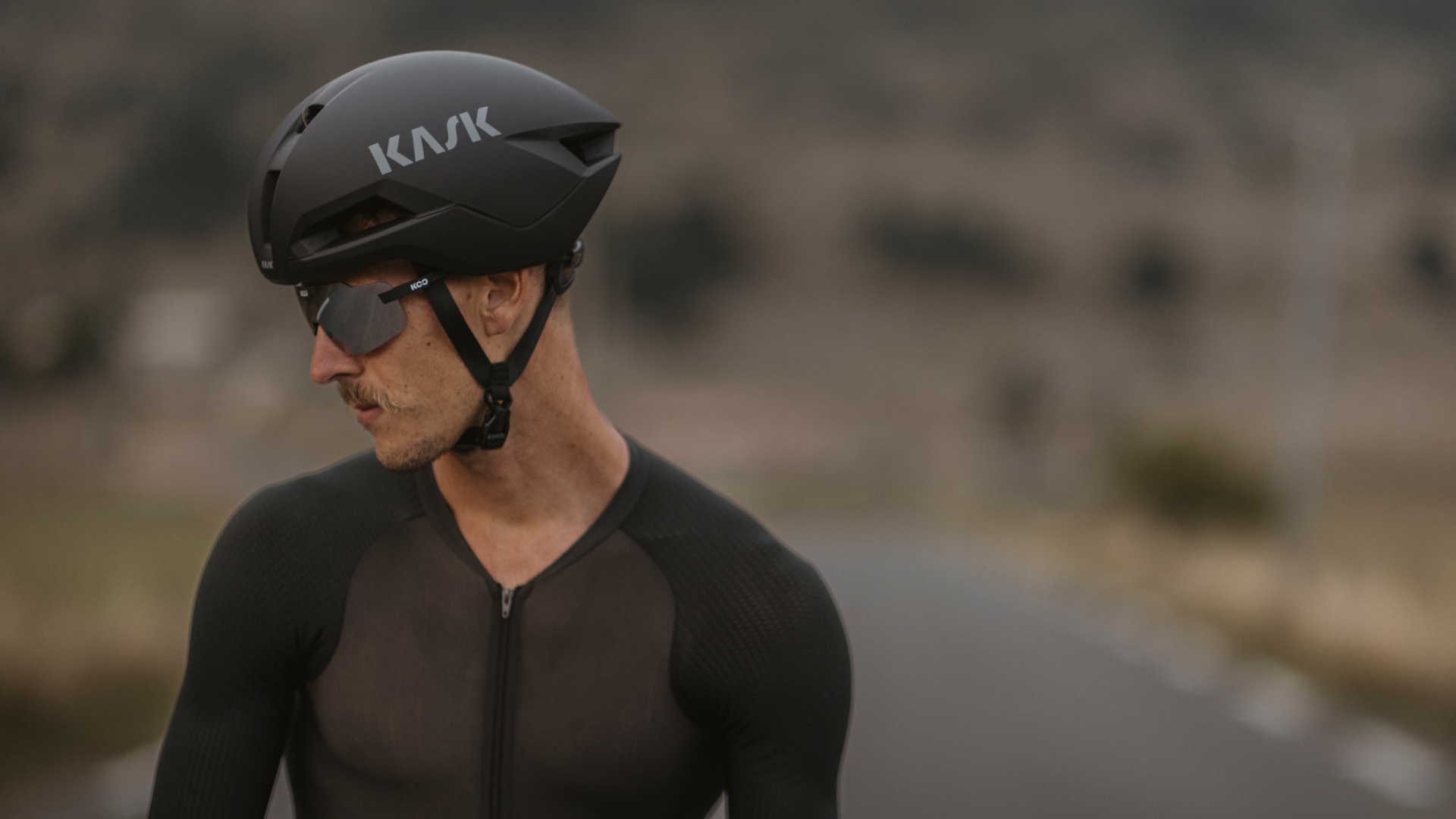
Kask has finally released its new flagship helmet, the Kask Nirvana.
The helmet has already been displayed on the heads of the Ineos Grenadiers for around six months, but it’s now available to the public, allowing us to shed some light on exactly how many watts covering up your ears can save.
Kask is claiming up to a 10 watt improvement to aerodynamic performance, as well as better cooling thanks to an improved ventilation system, all in a 270 gram package.
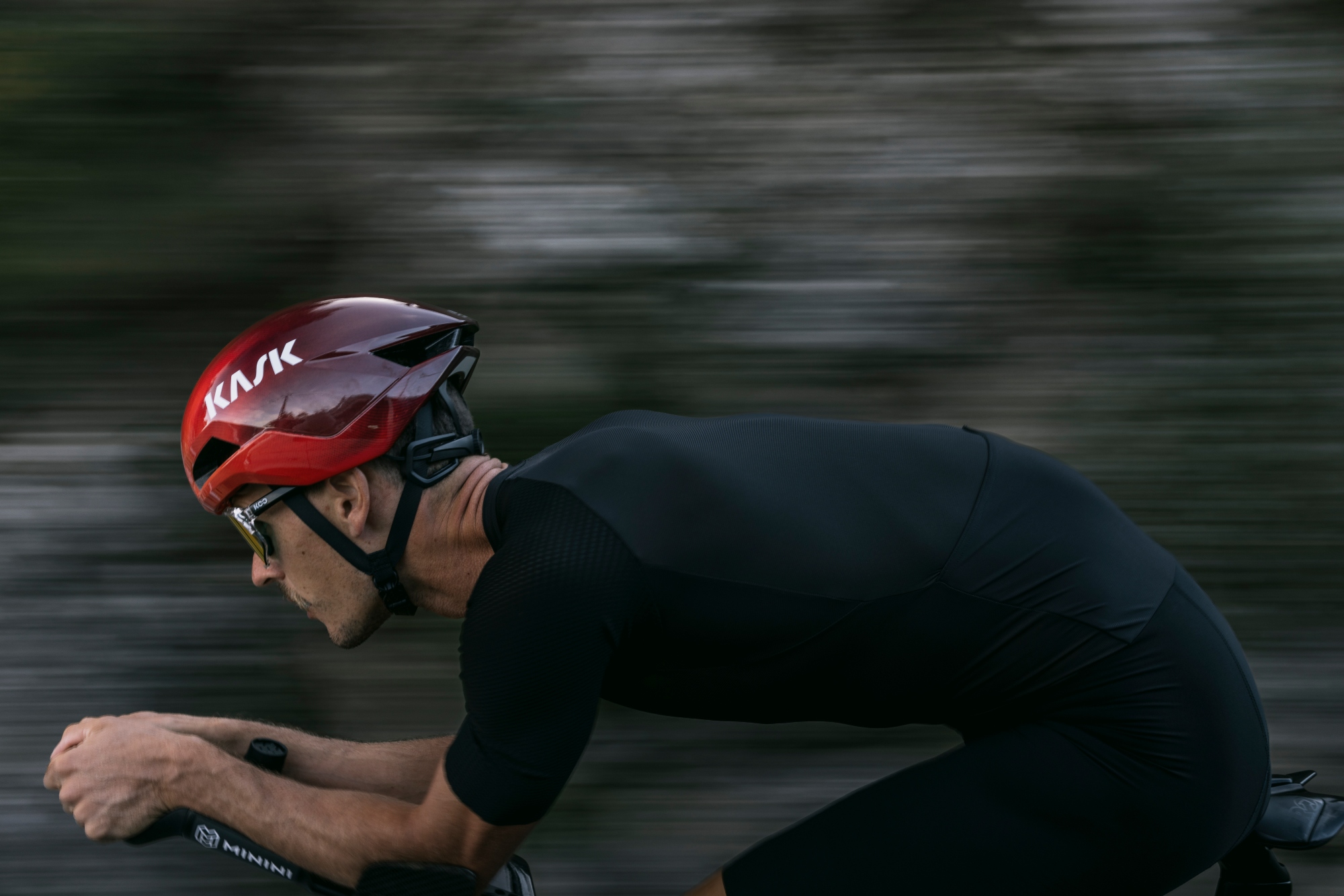
10 watt savings
In 2024 there have been a whole host of interesting - to say the least - aerodynamic optimisations, to headwear. Whether it’s Poc’s new time trial-esque road race helmet, or Dylan Groenewegen’s aero ‘beak sunglasses’.
The trend though, was really kicked off by Kask back in January, when Ineos riders were spotted riding what we now know to be the Nirvana.

Kask’s headline figure is that the new Nirvana provides a 35% increase in aerodynamic performance over the ‘best aero helmets in its class’, but perhaps a more useful metric is to look at comparing the new Nirvana to the old Kask Utopia Y helmet.
Making this comparison, the new ear tucking helmet saves a claimed 4.4 watts at 45kph, 6.0 watts at 10.4 watts at 60kph - undoubtedly an impressive improvement, albeit of course, at race speeds.
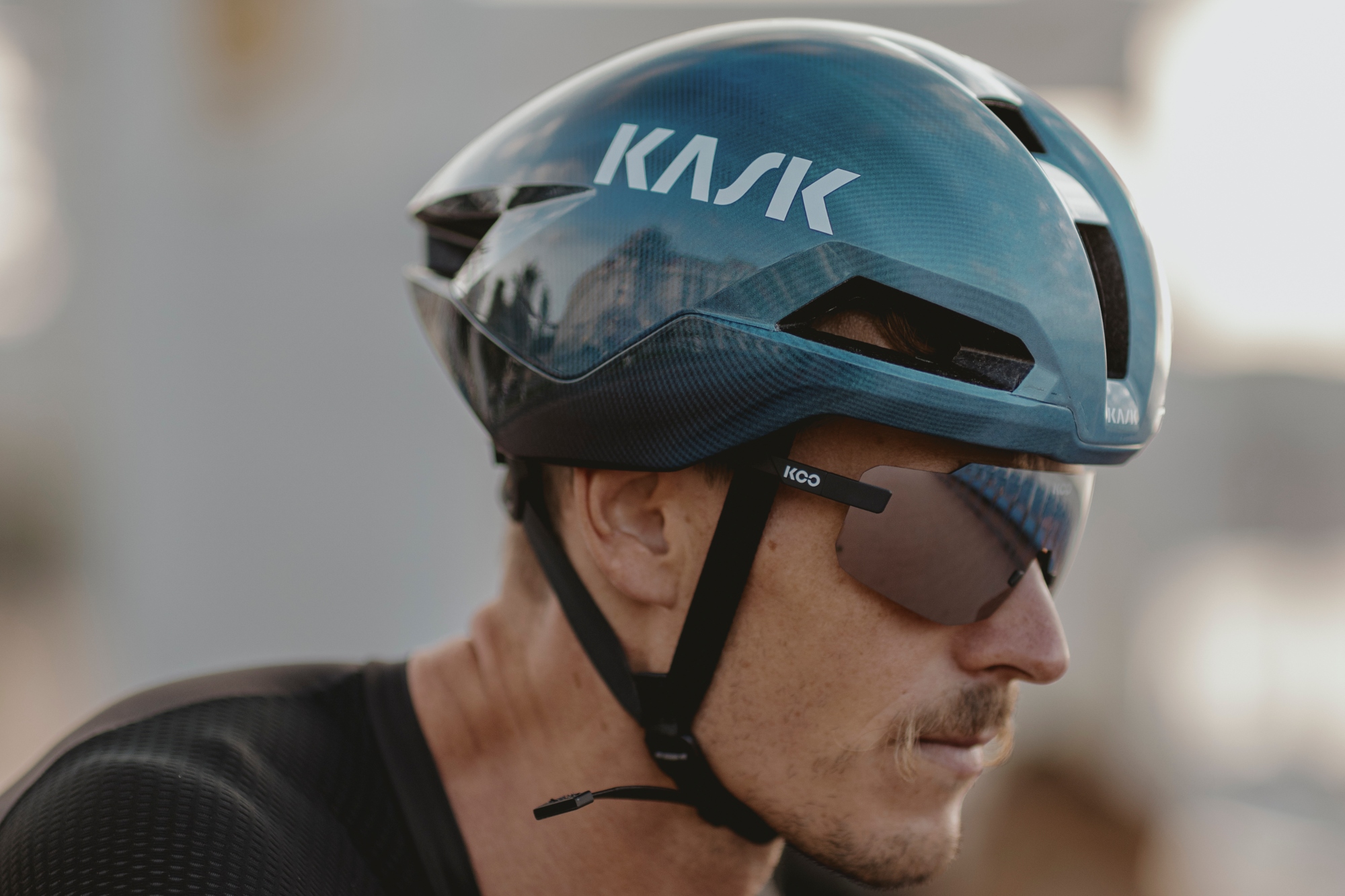
The helmet, Kask says has been exclusively designed to be the best helmet purely for racers, hence the higher speeds for the brand’s testing protocol. The aerodynamic gains are the culmination of countless computational fluid dynamic runs, which eventually led to the ear covering shape we see today.
Due to the nature of our ears sticking out somewhat, they tend to cause airflow to ‘detach’ from the helmet, which Kask says is detrimental to aerodynamic performance. By covering the ear tips, Kask has been able to keep airflow more uniform over the head, which is of course an essential part of the total system.
Whether this will lead to your ears being uncomfortably warm or not, remains to be seen, but it's certainly something we will be putting to the test.
Increased ventialtion
While aerodynamics may have been the buzz word in cycling for a good decade and a half now, something else which is becoming increasingly talked about is body temperature management. Aero helmets, due to fewer vents, can often struggle in this department, making Kasks claimed 19% improvement in airflow rather important.
As mentioned above, the new Nirvana features just four vents at the front, two vertical vents, and two horizontal vents. Intuitively then, you’d think that the new helmet might not cool as well as the Utopia, but what Kask found is that different areas of the head are hotter and cooler, so ventilation placement can help to improve cooling.

Aligning the main vents with the parts of the head that are generally hottest, Kask has managed to improve thermal efficiency of the helmet. This has also been helped by the brands 3D printed Multipod padding, which allows air to flow more freely inside the helmet.
Improved safety
Alongside other improvements, Kask has also updated the Nirvana’s internals, bringing it inline with its range topping Elemento helmet. As mentioned earlier, the new helmet now features the brand's 3D printed Multipod padding system.
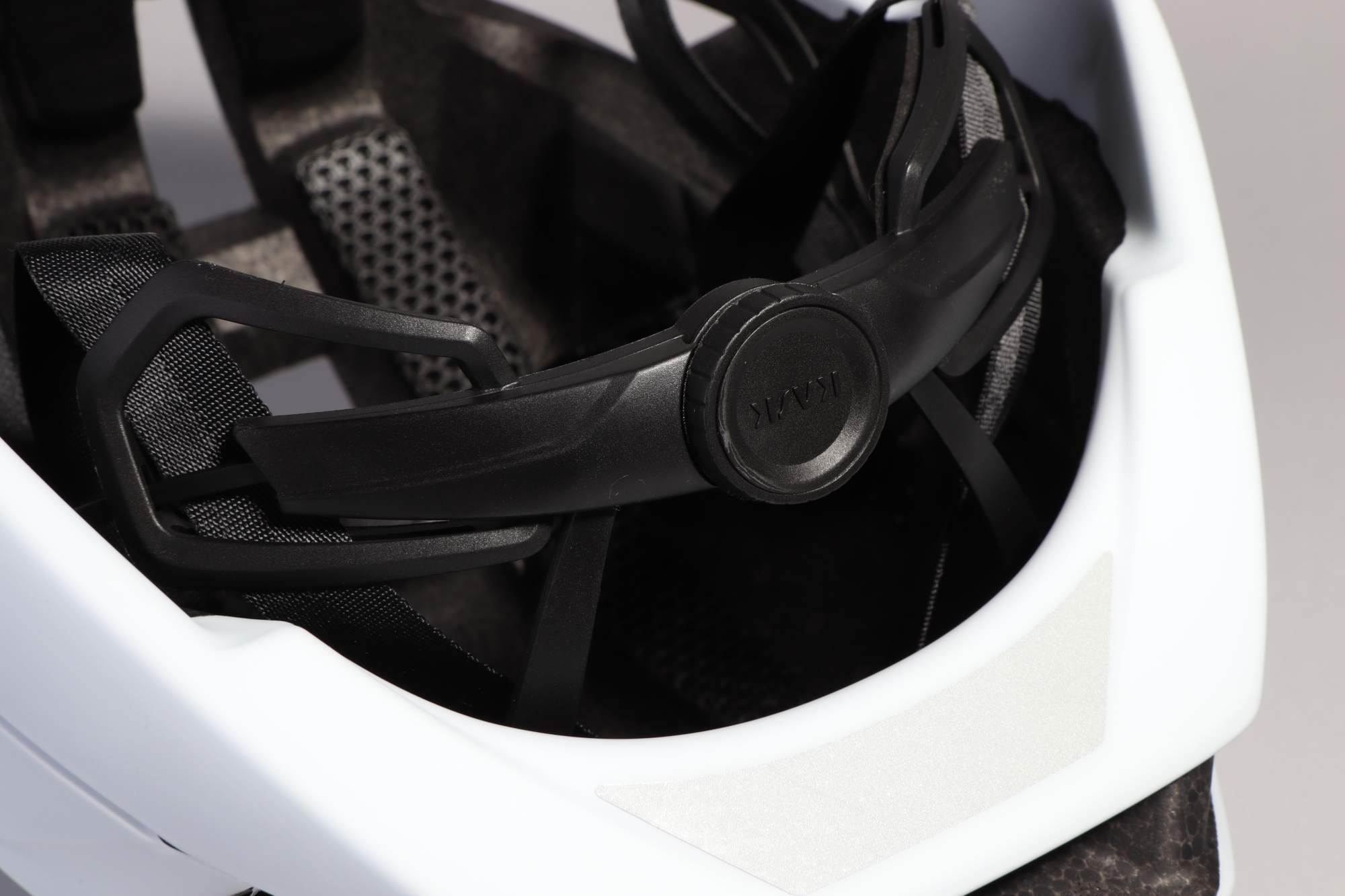
The 3D printed pads form a honeycomb structure which Kask says improves the helmets performance in rotational impacts, which are the main cause of diffuse brain injuries.
Alongside that, the non-solid nature of the pads also allows for the pads to be more breathable.
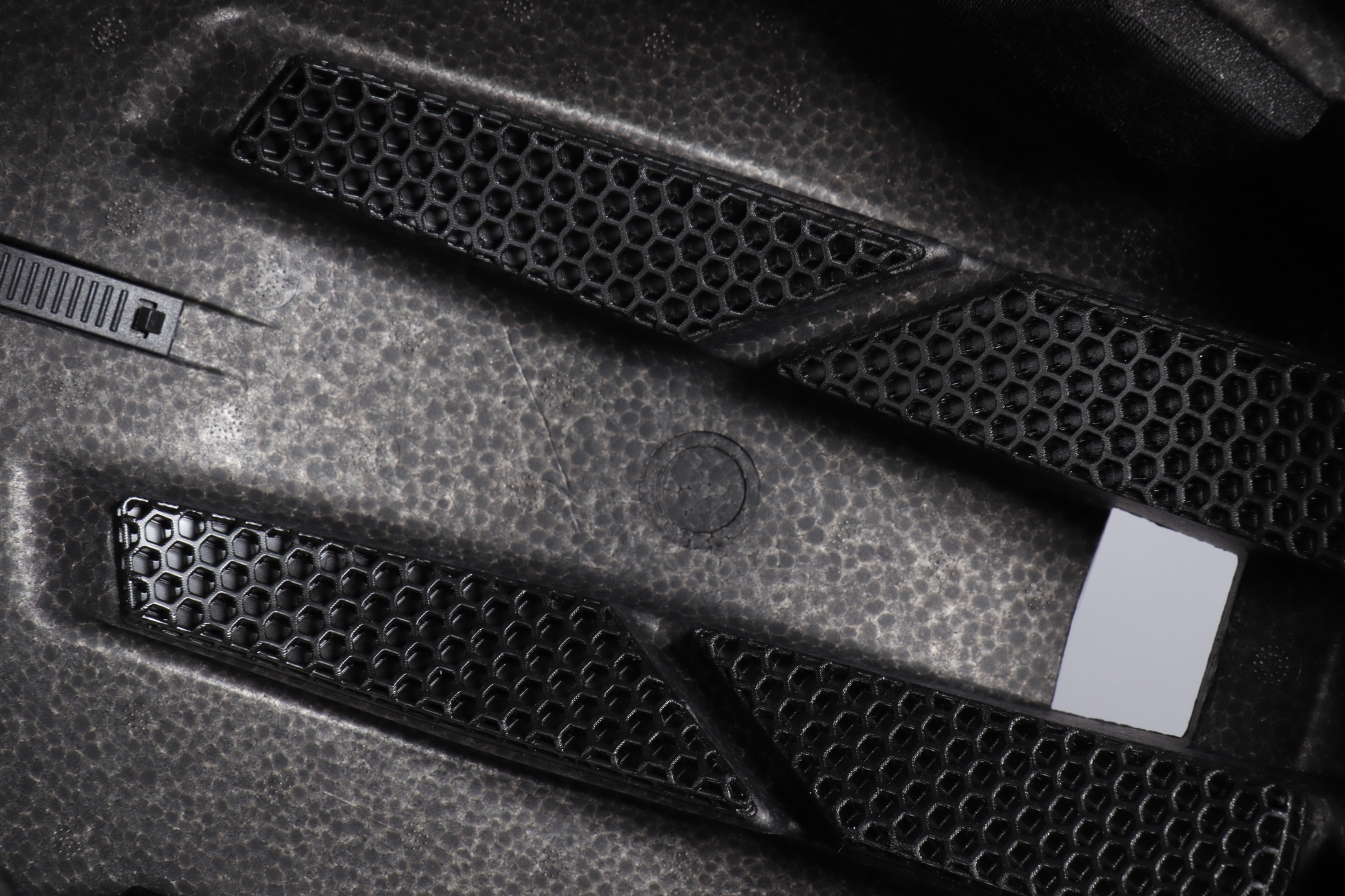
The new helmet also follows Kask's WG11 protocol. Kask's WG11 protocol is not to be confused with Working Group 11, which is the team of scientists designated to improving European helmet safety standards, though does follow the latest science.
Pricing and availability
Being Kask's flagship aero helmet, the new Nirvana does come with a weighty price tag to match. The helmet will cost £320/€360, and will be available in 5 different colour ways, sold in medium and large.
First impressions
Though I haven't taken the new Nirvana for a ride just yet, I have had the helmet out of the box, and of course tried it on, and first impressions are good.

Perhaps most interesting is that the 'ear covers' aren't anything like as invasive as I thought they might be. I do have relatively small ears, however they don't feel close to coming into contact with the helmet. Though this is something we will test in due course.
As far as ventilation is concerned, there is plenty of room between where your sits in the helmet, and the 'ceiling' of the helmet - I am hoping this will translate into solid thermal performance.
Keep your eyes peeled for our full review!







